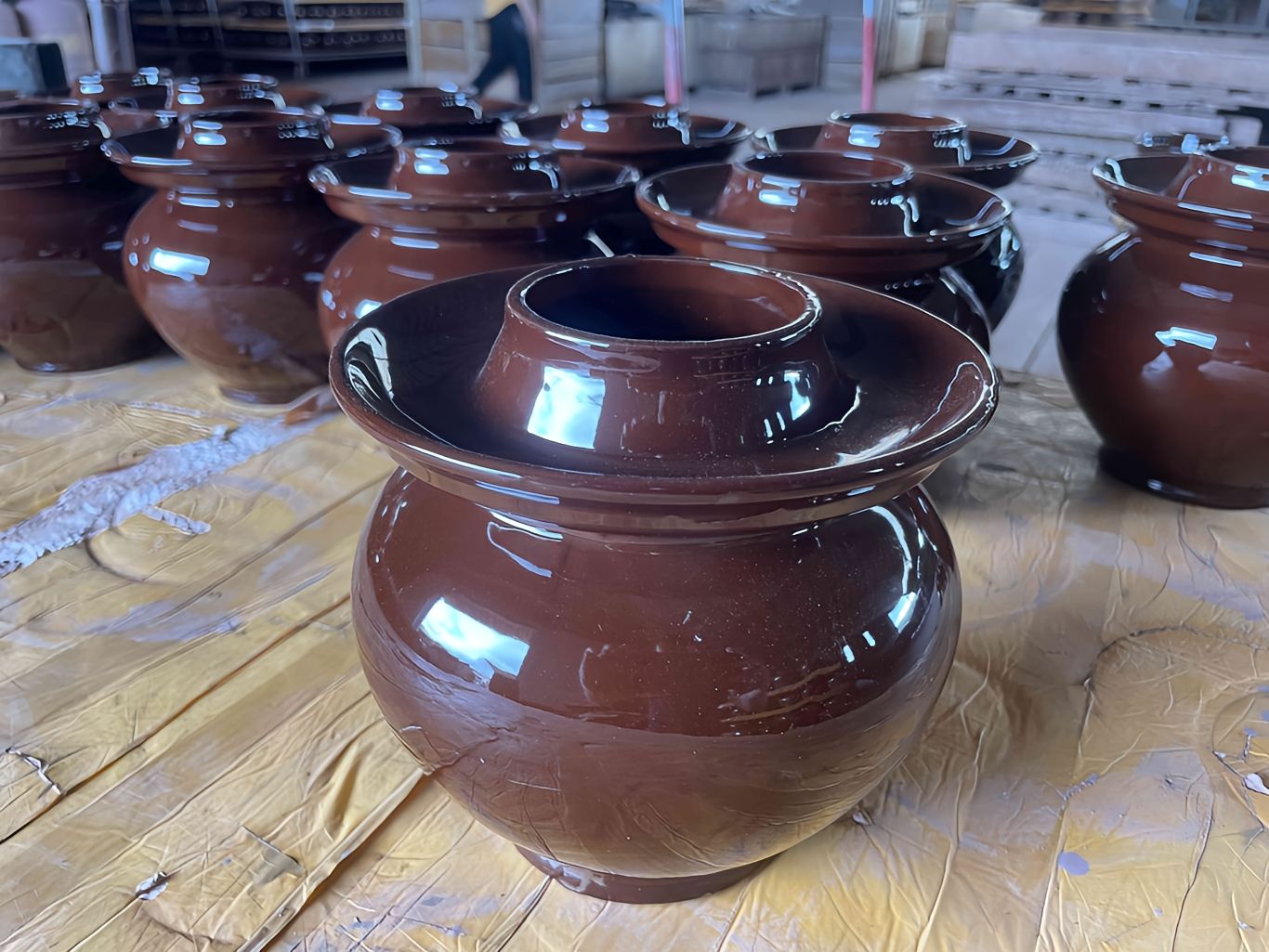5 Mistakes to Avoid When Using a Kimchi Fermentation Crock
Making kimchi at home connects us with centuries of Korean culinary tradition, but many enthusiasts struggle to achieve the perfect balance of tangy, spicy, and crisp flavors.
The difference between success and disappointment often lies in how you use your kimchi fermentation crock. After analyzing countless kitchen experiments, we’ve identified the five most critical mistakes that prevent homemade kimchi from reaching its full potential.

Mistake #1: Neglecting the Vessel Preparation Process
The Problem: Many home cooks assume a new traditional kimchi pot is ready to use straight from the box. However, unglazed clay vessels require proper preparation to prevent them from absorbing your precious kimchi brine or leaching minerals into your first batch.
The Solution:
● For unglazed terracotta crocks, soak the vessel in clean water for 24 hours before first use
● Clean even glazed ceramic fermentation crocks with hot water and vinegar to remove manufacturing residues
● Always air dry your kimchi storage container completely before packing ingredients
● Consider a saltwater soak for natural clay pots to enhance their fermentation properties
Mistake #2: Inconsistent Salt Concentration and Distribution
The Problem: Both under-salting and over-salting can ruin your kimchi batch. Too little salt invites harmful bacteria, while excessive salt inhibits the lactic acid bacteria essential for proper fermentation.
The Solution:
● Use precisely measured sea salt or kosher salt without anti-caking agents
● For water-based kimchi brines, aim for 2-3% salinity concentration
● Layer salt evenly when preparing vegetables for your earthenware fermentation crock
● Remember that traditional onggi kimchi pot may require slight salt adjustments due to their porosity
Mistake #3: Improper Vegetable Packing and Weighting
The Problem: Air pockets and floating vegetables create an environment where mold and harmful bacteria thrive. Many fermenters fail to achieve the anaerobic conditions necessary for successful kimchi fermentation.
The Solution:
● Pack kimchi tightly into your clay fermentation vessel to eliminate air pockets
● Use dedicated fermentation weights designed for Korean kimchi crocks
● Ensure brine covers all vegetable matter by at least one inch
● For water-seal kimchi pots, maintain the proper water level in the moat throughout fermentation
Mistake #4: Temperature Mismanagement During Fermentation
The Problem: Kimchi fermentation is highly temperature-sensitive. Too cold, and fermentation stalls; too warm, and it progresses too quickly, creating mushy texture and unbalanced flavors.
The Solution:
● Maintain ideal fermentation temperature between 65-72°F (18-22°C)
● Keep your kimchi making container away from direct sunlight and heat sources
● Monitor fermentation progress daily rather than relying on fixed timelines
● Understand that traditional clay pots naturally regulate temperature better than modern materials
Mistake #5: Rushing or Extending Fermentation Time
The Problem: Impatience leads many to stop fermentation too early, while others wait too long and end up with overly sour kimchi. Understanding fermentation stages is crucial for perfect results.
The Solution:
● Initial active fermentation typically takes 3-7 days at room temperature
● Taste test daily after day 3 to monitor flavor development
● Transfer to cold storage once desired sourness is achieved
● Remember fermentation continues slowly even in refrigeration
Mastering Your Kimchi Fermentation Journey
Avoiding these five common mistakes will dramatically improve your kimchi results, whether you’re using a traditional onggi pot or a modern water-seal fermentation crock. The right techniques with the proper vessel—be it a terracotta storage jar or ceramic kimchi crock—make the difference between mediocre and exceptional homemade kimchi.
Understanding these nuances of kimchi crock usage transforms your approach to fermentation. Each batch becomes a learning experience in the fascinating science of preservation. With these troubleshooting tips, your kimchi fermentation vessel will become your most valued kitchen tool, producing probiotic-rich kimchi that captures the authentic flavors of Korea while avoiding the common pitfalls that challenge home fermenters.